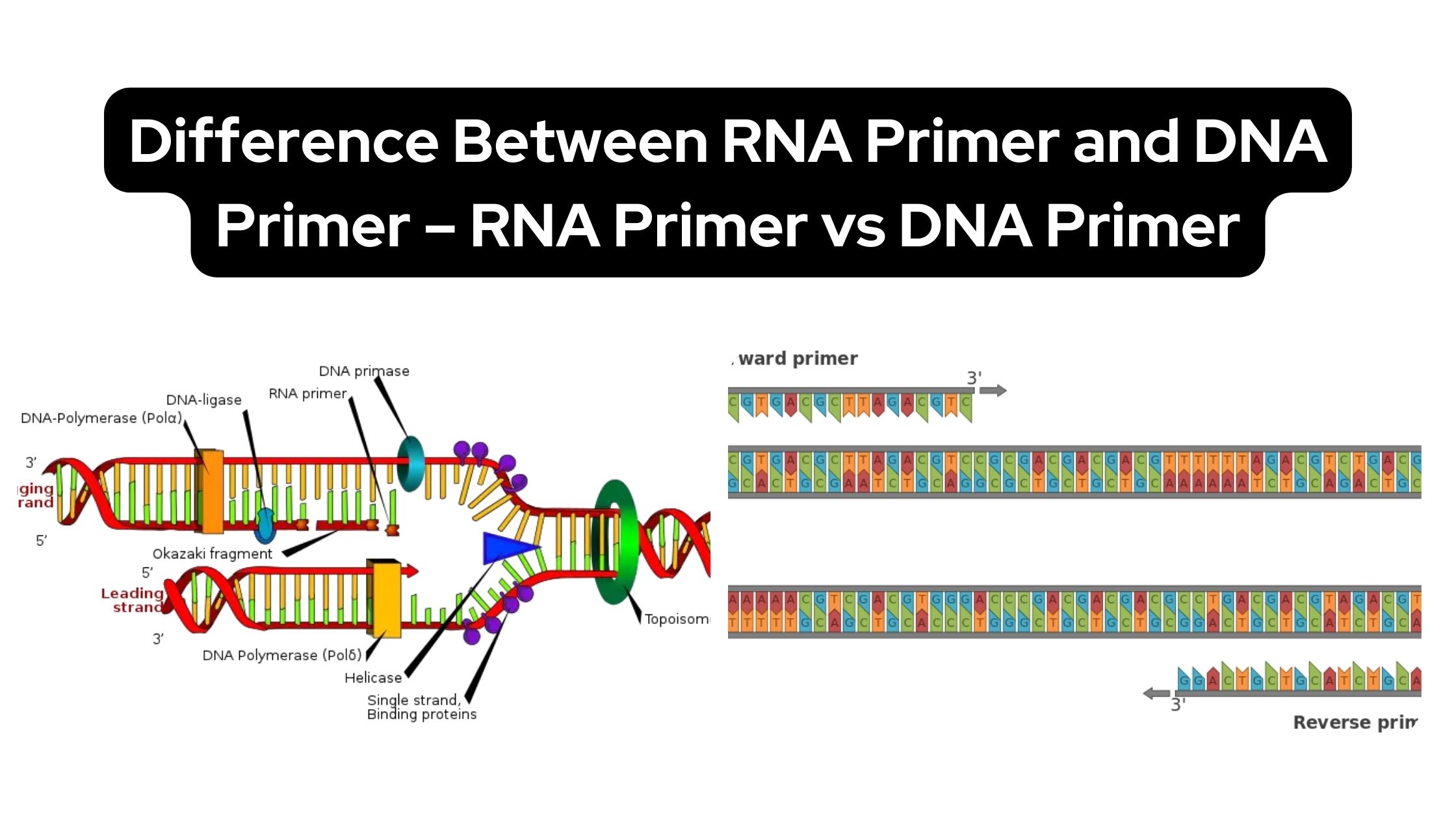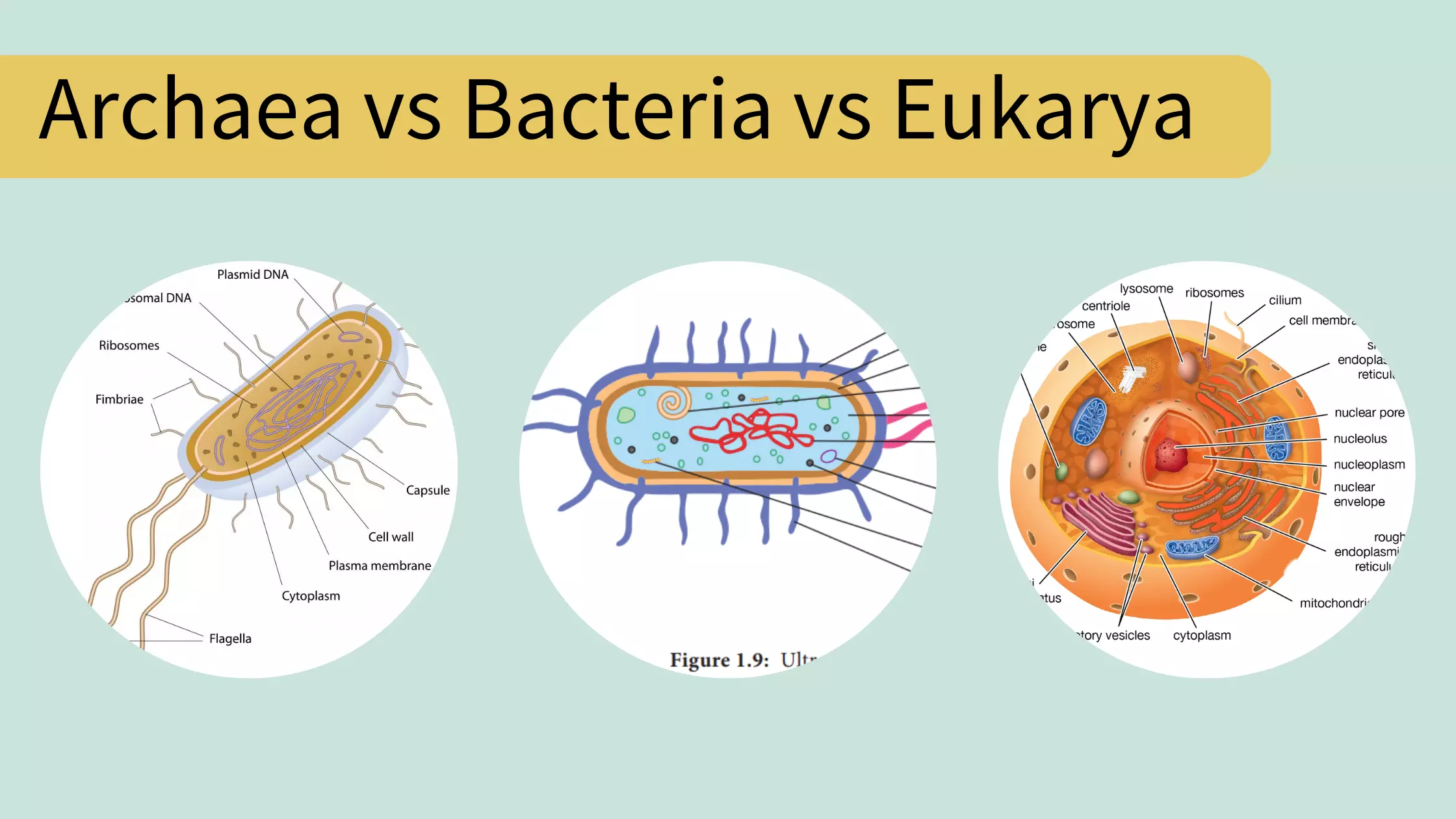Difference Between RNA Primer and DNA Primer – RNA Primer vs DNA Primer
When it comes to DNA replication and amplification, primers play a crucial role. Primers are short nucleotide sequences that provide a starting point for DNA synthesis. However, not all primers are created equal. There are two main types: RNA primers and DNA primers. Understanding the difference between RNA primers and DNA primers is essential for … Read more








